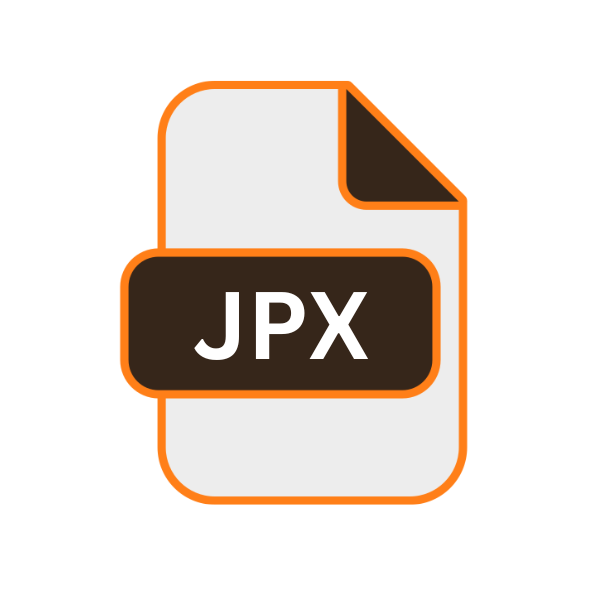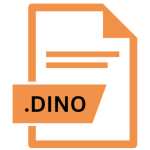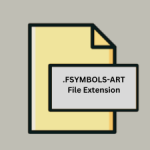.JPX File Extension

JPEG 2000 Image File
| Developer | Joint Photographic Experts Group |
| Popularity | |
| Category | Raster Image Files |
| Format | .JPX |
| Cross Platform | Update Soon |
What is an JPX file?
The .JPX file extension is associated with JPEG 2000, an advanced image compression standard designed to succeed the original JPEG format.
JPEG 2000 offers superior compression efficiency and image quality compared to its predecessor, making it ideal for a wide range of applications where high-quality images are crucial.
More Information.
Introduced as an improvement over JPEG, JPEG 2000 aimed to provide better compression performance especially for large images, while also supporting advanced features like transparency and progressive transmission.
Initially, it targeted professional imaging applications and industries requiring high-quality image preservation.
Origin Of This File.
JPEG 2000 was developed by the Joint Photographic Experts Group (JPEG) committee, aiming to address limitations found in traditional JPEG files.
It was finalized in the early 2000s, incorporating wavelet-based compression techniques to achieve better image fidelity at lower file sizes.
File Structure Technical Specification.
The structure of a .JPX file adheres to the JPEG 2000 Part 2 standard, which specifies its format using the JPX file extension. It utilizes the JPX codestream syntax, organized in boxes (also known as atoms or chunks), each serving specific purposes such as image data, metadata, and color information.
This modular approach allows flexibility in storing various types of information within the same file.
How to Convert the File?
Converting .JPX (JPEG 2000) files to other formats like JPEG or PNG can be done using various software tools and online converters. Here’s how you can convert .JPX files on different platforms:
Using Software Tools:
1. Adobe Photoshop (Windows, macOS):
Adobe Photoshop supports JPEG 2000 files (.JPX) and can convert them to other formats easily:
- Open the .JPX file in Adobe Photoshop.
- Go to
File>Save As. - Choose the desired format (e.g., JPEG, PNG) from the dropdown menu.
- Adjust settings if needed and click
Save.
2. GIMP (Linux, Windows, macOS):
GIMP, a free and open-source image editor, supports JPEG 2000 with the appropriate plugin:
- Install the JPEG 2000 plugin for GIMP if not already installed.
- Open the .JPX file in GIMP.
- Go to
File>Export As. - Choose the format (e.g., JPEG, PNG) and click
Export.
3. XnView (Windows, macOS, Linux):
XnView is a versatile image viewer and converter that supports a wide range of formats, including JPEG 2000:
- Open XnView and import the .JPX file.
- Right-click on the file and select
Convert. - Choose the output format (e.g., JPEG, PNG) and customize settings if necessary.
- Click
Convertto save the file in the desired format.
Using Online Converters:
1. Online-Convert.com:
Online-Convert.com offers a simple way to convert .JPX files to other formats:
- Go to Online-Convert.com.
- Select
Image Converterfrom the list of converters. - Upload the .JPX file from your computer.
- Choose the output format (e.g., JPEG, PNG).
- Optionally, adjust conversion settings.
- Click
Convert fileto start the conversion. - Download the converted file once the process is complete.
2. Convertio:
Convertio is another online tool that supports .JPX conversion:
- Visit Convertio.
- Click on
Choose Filesto upload the .JPX file from your computer. - Select the output format (e.g., JPEG, PNG).
- Click
Convertto initiate the conversion process. - Once converted, download the file to your computer.
Advantages And Disadvantages.
Advantage:
- Compression Efficiency: JPEG 2000 typically achieves better compression ratios compared to JPEG, especially for images with complex patterns or gradients.
- Image Quality: It preserves high image fidelity even at low bitrates, making it suitable for archiving and transmitting high-resolution images.
- Progressive Transmission: Supports progressive loading, allowing images to be displayed at low resolution initially and progressively refined as more data is loaded.
- Color Accuracy: Supports multiple color spaces and high bit-depths, ensuring accurate representation of colors and gradients.
Disadvantage:
- Processing Complexity: JPEG 2000 encoding and decoding require more computational resources compared to JPEG, which can impact performance on older hardware or software.
- Compatibility Issues: While widely supported in professional applications and certain platforms, JPEG 2000 support in web browsers and consumer-level software has been limited compared to JPEG.
How to Open JPX?
Open In Windows
Use Adobe Photoshop or XnView. Adobe Photoshop supports .JPX files natively; open it, go to ‘File’ > ‘Open,’ and select your .JPX file. XnView is a free tool that also supports .JPX files.
Open In Linux
Utilize GIMP with the JPEG 2000 plugin. Install the plugin if necessary, then open GIMP and navigate to ‘File’ > ‘Open’ to select your .JPX file.
Open In MAC
Simply use Preview, the default image viewer on macOS. Double-click your .JPX file to open it.
Open In Android
Install Adobe Photoshop Express from the Google Play Store. It often supports .JPX files, allowing you to open them directly within the app.
Open In IOS
Adobe Photoshop Express is available on iOS. Install it from the App Store and open your .JPX file within the app.
Open in Others
Some modern web browsers and specialized software for fields like medical imaging may also support .JPX files, though compatibility can vary.













